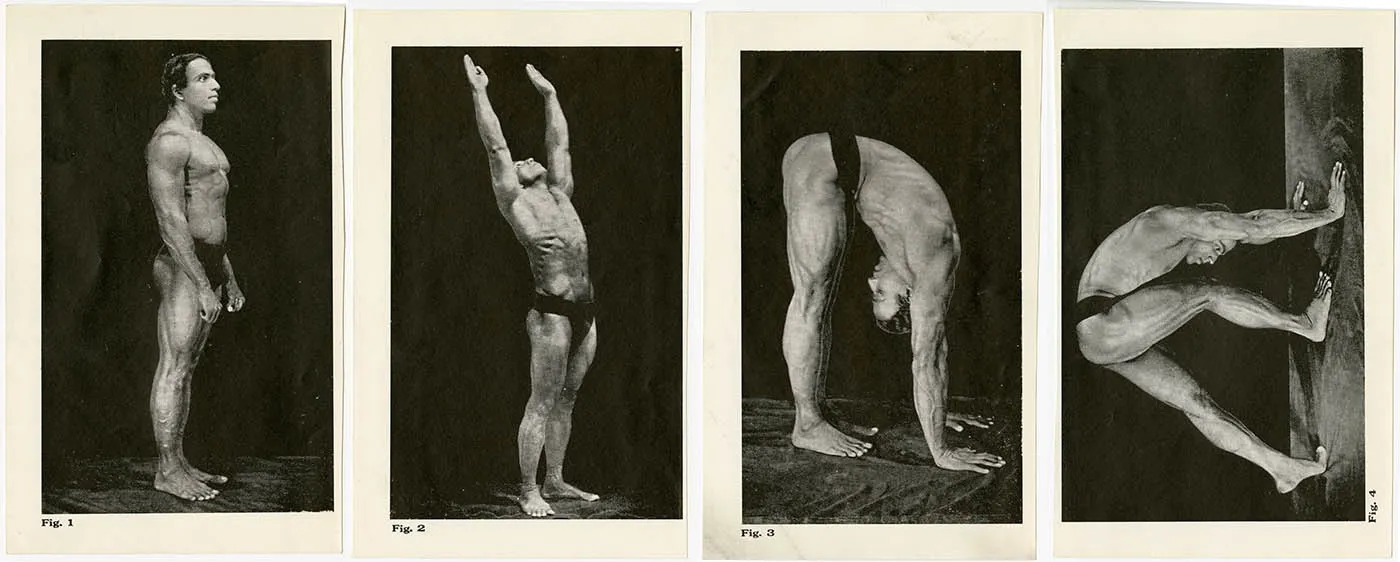Quitting everything and going to meditate seems like something a slacker would do. To go on a meditation retreat, we have to justify ourselves by saying it’s self-care, and we have to use words carefully so people don’t think you just dove into this because you were at your worst.
“All of humanity’s problems stem from man’s inability to sit quietly alone in a room*” I really like this phrase, supposedly said by the mathematician, Pascal.
I don’t agree that we will have all of humanity’s problems resolved. I don’t believe in world peace, complete happiness, let alone reversing global warming. However, I believe that, even doomed to defeat, we can indeed imagine these utopias and choose at least one or another unattainable collective goal to put into practice.

My most ancient personal-collective-utopian battle is meditation. Actually, last month I went to a silent retreat. I confess that I had a pretty shitty year, but that’s not why I went, this is something I’ve been doing for several years, in good times and bad times.
However, I think when Pascal said that phrase, he wasn’t exactly suggesting “to sit quietly and alone” sitting on the ground, meditating more than 5 hours a day, for 10 consecutive days, eating only 2 meals a day, without being able to read, write or even exercise. But that’s exactly what the retreat I went to at the end of the year proposes.
If you want to avoid falling into this trap, the name of the retreat is Vipassana. If you are precisely looking for this type of self-flagellation, the name of the retreat is Vipassana too. According to the nightly classes of the retreat, this is a meditation technique that Buddha himself practiced to enlighten himself, but who can guarantee? Indians love using this marketing technique of “it’s traditional”, “it’s ancient” to shove their ideologies down the world’s throat.
Let’s lower all this possible fiction behind what actually exists:
A free retreat, which has been happening exactly in the same model, for decades, in various countries around the world. And thousands, if not millions of people, have already participated in it.

If you go to the Dhamma site, you can find dates to submit to live this experience. There is a center in Santana de Parnaíba, close to São Paulo, but the one I went to is in Miguel Pereira, in the interior of Rio de Janeiro. The rooms are comfortable, the food is tasty, and the shower is hot. The system is very organized and exactly the same, without adding or subtracting: absolute silence, a bit of fasting, and meditation for hours on end.
Despite the fugere urben and basic comforts, it doesn’t seem relaxing, right? In general, it’s not. But it’s worth it.
Facing responsibilities head on
I confess that I am unemployed, I pick up a freelance job here and there, but I no longer have time to manage, nor pair code reviews to do. However, I work in IT, the freelances pay well and I have some flexibility of time and money, but it didn’t seem bad at all to spend 10 days without having to cook, without spending anything and without looking at a screen.
The issue of cooking didn’t weigh so heavily, this year I prepared so many little lunches that I got used to it. I lost 7 kilos and gained 3 kilos of muscle! I also thought long-term in several other areas of life: I saved money, I challenged myself in my career, I was present in social circles even when I wanted to be crying in a corner, I didn’t take it out on food or alcohol… but of course, this mechanical self-care is just damage control, the problem is much deeper.

I did the whole damn thing, meditated, yet in 2023 I maintained a constant feeling of anguish and helplessness in the face of personal and global problems.
In the world, as you already know, end of the year with this global warming banging in our heads, environmental disasters here and there, another war broke out, inflation high up there, artificial intelligence expanding its skills more and more, an uncertain job market for most professions, extreme right-wing caricature political leaders taking power, Lula not delivering much…
On a personal level, I separated, changed houses and neighborhoods, my psychologist went on maternity leave, I renovated, an aunt died tragically, another loved one almost passed away but ended up in a rehabilitation clinic, my mother had cancer removed… besides that, after almost 10 years living away, I moved wall-to-wall with my blood relatives.
Even so, I didn’t run away from any trouble. Quite the contrary, I was patient and fulfilled my obligations, something that seems minimal, but we know it’s not. Maybe I made things a bit harder for myself with this “long-term thinking” attitude, but this year would have been sad anyway, it turned out I just embraced the hardship and maintained a boring and pondered life.

There are days, weeks, months, and years in life that are like this: made up of hard facts, decisions that require constant discipline. There’s nothing wrong with that. It’s not morally superior to sustain constant euphoria, but I found it hard to support this against-our-culture position of always dancing, regardless of. In 2024 I’ll dance more.
3 months ago · 9 likes · 1 comment · Alex Castro
Anyway, I paid the bills in advance, sent a message to some contacts so they wouldn’t think I blocked them, and headed to Vipassana in Miguel Pereira –
I went without expecting much.
Disconnect from the world
Even though I went without expectations of becoming happier, finding answers, or becoming another person after the retreat, in other words, without seeking a specific result, I went with the hope that during the retreat I could disconnect a bit from the world.
I spent the year fueled by caffeine and wanted to go to a place where I didn’t need fuel to exist, plan, solve, or direct anything. With this in mind, I went on a delivery to what Mr. Goenka – the man who spread the practice around the world – says is like a mind surgery. Still in his words:
“Vipassana is a science of mind and matterHow the mind is influencing the bodyAnd later, how the body is influencing the mind”
Vipassana is the science of mind and matter. How the mind influences the body and, later, how the body influences the mind. This little snippet of teaching I got from the song “Vipassana”, which has a wonderful lyrics:
I found this song when I came back from my first vipassana retreat, I was 19 and I just wanted more a place away from social pressures to think better about my life choices, kinda like Arnold says
“When you set aside time to be alone with your thoughts, you can discover who you want to be; not who your parents want you to be, not who your friends want you to be, and definitely not who some Instagram or TikTok scammer wants you to be.“
If in 2010, without a smartphone and tiktok, it was already hard to disconnect from the world, imagine today. There’s so much information, we have less and less space just to breathe – but maybe we increasingly forget that this is possible, or see any value in doing it.
Not seeking to be “a better person”
Having said that I didn’t get into a silence retreat to escape from some summons telegram, I also want to say that I didn’t go to enlighten myself.
My family is made up of esoteric, syncretic and mystic people.
One grandfather materialized crystals with the White Brotherhood of Archangel Michael, the other followed a macrobiotic diet since the 80s and my grandmother had yoga classes with De Rose when he didn’t have a sect yet, he just taught asanas in a garage.
My mother thinks reading Sonia Café’s little angel book is essential for day-to-day life and my father spends hours a week at Mahikari, purifying and passing positive light to people, a type of Reiki – my stepmother even went to Japan to do a higher seminar of this religion.
Thanks to all of them I am quite skeptical – and I will not dwell on this, as almost everything revolves around it. If you want to know more, lose the sparkle in your eyes, and then get it back, subscribe to this newsletter and stay longer.
So I didn’t go to enlighten myself, find an answer, let alone become a better person.
If by any chance you feel inadequate all the time in pursuit of an unreachable better person, I want to remind you that it’s okay, you’re not missing anything.
You are probably just increasingly undermined by the excess of colonial-digital-capitalist stimuli and, when you want to get rid of it, you seek Eastern philosophies that preach such enlightenment, which is also unattainable and, within the context we are already living in, it is just the same kind of demand under a new guise.
Opening mental spaces
There’s no need to put a mystique into things for them to have some value.
Another good way to justify think about meditation or withdrawal into retreat comes in the form of scientific discourse, which is how I discovered Vipassana, through Sam Harris, a neuroscientist who at the time was somewhat a fugitive, lived in hiding, because he wrote (concise) books against the world’s major religions, such as Christianity, Islam, and American scientific academia.
Today, the handsome one overcame this phase, came back with us here in the ritualistic round dance of capital – get paid instead of getting mad – made a podcast that blew up and recently was in the hand-in-hand circle with his hot famous professional colleague, Huberman:
The interview topics are the same that he has been working on since he was persecuted, but he had a makeover in his speech. For example, he still talks about meditation, but no longer mentions that he sat in various vipassana retreats. If you want the correct scientific explanation about meditation-mind, watch the video. My lame summary is more or less this:
When we always do the same things, the neurons of those functions connect stronger and faster, the synapses of these things get stronger, our hormones start to be governed by an entire chain of the same stimuli.
It’s like re-educating my body and mind not to react to any thought, not to click a button whenever I want to research something, not to call someone whenever I want to talk to her and so many other little things, from the simplest to the most complex ones.
Being in isolation increases this self-training, to stay seated in a room, without being able to read, write or even watch anything, is to let the body naturally regulate the hormones related to stress and reeducate the brain to function in a different way.
Going to a retreat weakens the brain’s synapses. Staying silent, with closed eyes, for hours and days on end, is to drastically reduce the dopaminergic stimuli in the brain. A vipassana retreat is like a dopamine reset.
Perhaps by sitting in Vipassana I would throw out the bathwater with the baby inside, that is, I would also return with my good habits weakened, but I thought it would be worth it.
And, to tell the truth, I am somewhat lazy.
I wanted a bit of fugere urben yes, to see the mountains of Miguel Pereira again, I missed it. The Fran Lebowitzes of life will disagree with me, but getting out of the city chaos is always a blessing.

And that’s where all my criticism to Mr. Goenka begins.
Chat to another post.





